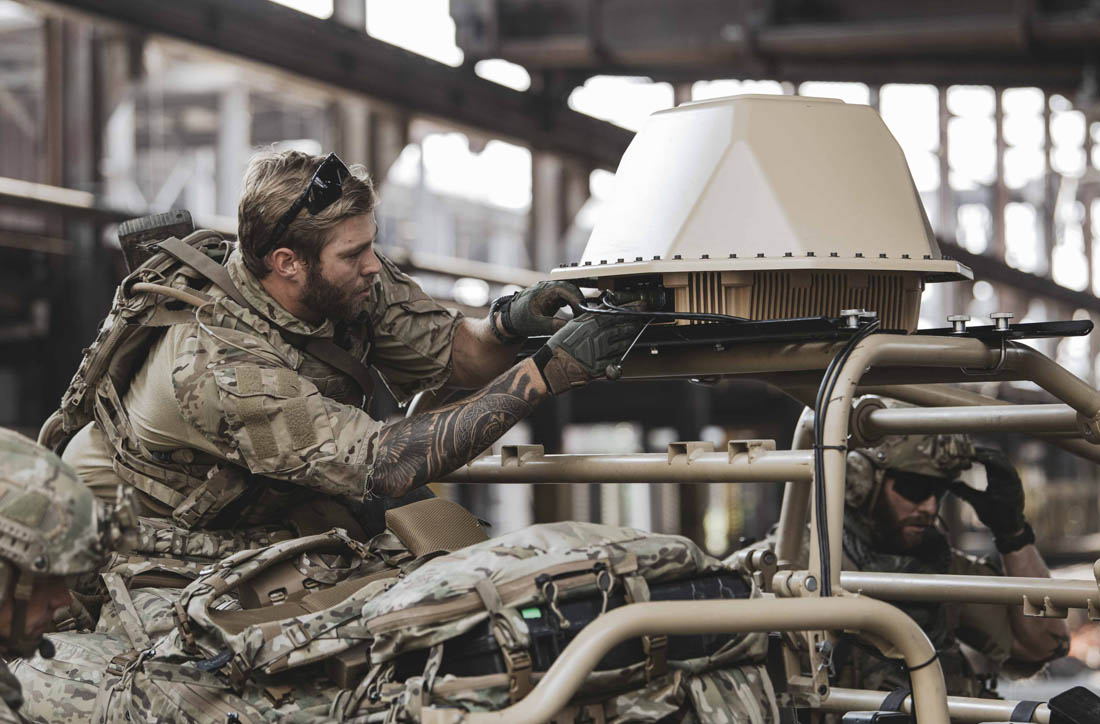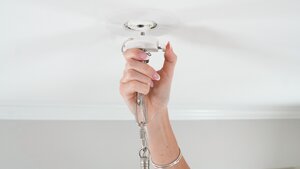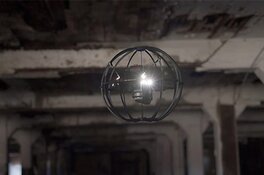Unusual Machines Inc. (UMAC:NYSE), which hopes to challenge China in its dominance in the production of drone parts, knows it is somewhat unknown after its initial public offering (IPO) in February.
"An unknown four letters, alphabet soup mystery," according to Chief Executive Officer Allan Evans.
But two things are leading the company to a nexus that should interest investors, Evans said.
Ukraine is "open-minded" to diversifying its supply chain during the conflict there, and the recent passage of the National Defense Authorization Act (NDAA) will soon prohibit the U.S. federal government (or its contractors) from using drone systems manufactured or assembled in countries viewed as security threats, namely, China and Russia.
"As part of NDAA compliance, there's a drive to source more and more of their components, motors, props, everything from not China," Evans told Streetwise Reports. "Pretty much all those countries source their motors from the great Chinese motor companies, and they're fantastic, and we do, too. But we believe that if we can set up a supply chain for motors, for instance, we can become a Tier 1 supplier to the whole American drone industry for American-made motors."
Chinese company DJI has cornered more than three-quarters of the global market, according to independent researchers at Gitnux, and makes more than 50% of the drones sold in the United States.
Congress also banned the Pentagon from buying or using drones and electronic components made in China in 2019, Reuters reported, and the Commerce Department put in place export restrictions on DJI in 2020.
The demand is skyrocketing for unmanned aerial vehicles (UAVs) for everything from the military, with thousands being flown in conflicts worldwide, to your neighbor taking aerial pictures. In Ukraine, defenders plan to deploy 1 million of them on the battlefield this year.
However, even drones made in the U.S. heavily outsource components from China, which Unusual Machines wants to change.
'The Biggest Value Gap'
The company entered into a share purchase agreement with Red Cat Holdings Inc. (RCAT:NASDAQ) and Red Cat CEO Jeff Thompson in 2022 to acquire its consumer businesses, Fat Shark Holdings Ltd. and Rotor Riot LLC. Fat Shark and Rotor Riot design and market consumer drones and FPV goggles, while Rotor Riot is also a licensed reseller of several third-party consumer drones.
They form a solid base for the company, with business-to-consumer sales of drone parts growing 35% to 40% year over year, Evans said.
But American companies like UMAC still have to get parts from China for the 15,000 motors it sold last year.
"We're starting to figure out how to make motors," Evans said. "Right now, we've identified that as the first thing, and that's the largest opportunity segment."
The Catalyst: Drones Being Used on an Unseen Scale
The total UAV market is set to grow from US$26.2 billion in 2022 to US$38.3 billion by 2027, a compound annual growth rate (CAGR) of 7.9%, according to a report by Markets and Markets.
"The civil and commercial application segment of the UAV industry is projected to grow significantly in the next ten years," the report said.
But it's the mark the technology is making on the world's battlefields during a time of geopolitical instability that represents the first big opportunity. Even before all of the new U.S. rules on Chinese drones and drone parts take effect, Ukraine announced its plan to produce 1 million FPV drones this year, The Wall Street Journal reported.
"The country lacks a modern arms industry that can sustain the war effort, and it would take years — and billions of dollars — before Kyiv could produce the kind of artillery and missile systems it needs on a large scale," the Journal reported.
The unmanned vehicles are being "used on a scale that has never been seen before," Stacie Pettyjohn, a senior fellow and director with the Center for New American Security, told NPR.
Russia also has used thousands of the devices in the conflict, which is why Ukraine is open to alternatively source parts. "Ukraine is a little bit sensitive to this because of the relationship China and Russia have," Evans said.
Starting in 2026, even U.S. federal contractors will need to use American drones.
"Odds are, they're going to buy American drones, if they do 20% or 30% government work, because it's just a tool that they'll pass through the cost down," Evans continued. "We believe that this is going to cause a huge spike in demand for the American drone companies."
UMAC is now investigating how to manufacture the motors, either through partnering or purchasing a factory.
"But it's the potential for where we could end up as a marketplace, that's more than $10 billion," Evans said. "We could be a very substantial provider in a marketplace where that's the annual revenue."
Ownership and Share Structure
About 4% of UMAC is owned by management and insiders, according to the company, and about 47% is held by strategic investor Red Cat Holdings Inc. The rest is retail.
Other top shareholders include Gordon Holmes with 3.99% or 360,000 shares, Director Jeffrey M. Thompson with 3.62% or 330,000 shares, Aikido Labs with 3.38% or 310,000 shares, and Michael Laughlin with 2.2% or 200,000 shares.
The company's market cap is US$20.98 million, with 9.08 million shares outstanding with 3.62 million free float shares. It trades in a 52-week range of US$5.54 and US$1.64.
| Want to be the first to know about interesting Technology investment ideas? Sign up to receive the FREE Streetwise Reports' newsletter. | Subscribe |
Important Disclosures:
- As of the date of this article, officers and/or employees of Streetwise Reports LLC (including members of their household) own securities of Red Cat Holdings Inc.
- Steve Sobek wrote this article for Streetwise Reports LLC and provides services to Streetwise Reports as an employee.
- This article does not constitute investment advice and is not a solicitation for any investment. Streetwise Reports does not render general or specific investment advice and the information on Streetwise Reports should not be considered a recommendation to buy or sell any security. Each reader is encouraged to consult with his or her personal financial adviser and perform their own comprehensive investment research. By opening this page, each reader accepts and agrees to Streetwise Reports' terms of use and full legal disclaimer. Streetwise Reports does not endorse or recommend the business, products, services or securities of any company.
For additional disclosures, please click here.




































